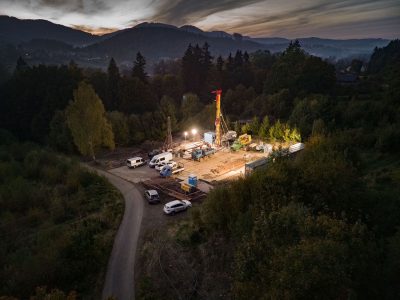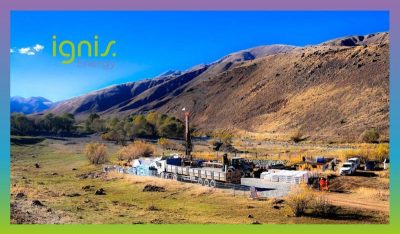GeoScience: Geothermal district heating a low-carbon solution for the UK
In order to de-carbonise the heating sector, geothermal energy presents a real opportunity for the United Kingdom, so an article shared by GeoScience in the UK.
On its website, GeoScience in the UK shared its take on how geothermal district heating can be a low-carbon solution for the United Kingdom in an article by Lucy Cotton.
“Heat is the largest energy consuming sector in the UK today” (the Department for Business, Energy and Industrial Strategy, BEIS, 2018). It contributes over one third of the UK’s annual carbon emissions and much of this (43%) stems from domestic space heating alone. Low carbon heat solutions such as heat pumps (air, water and ground source), biomass systems and water solar heating are available, but the vast majority of domestic heating in the UK comes from the gas network… not for much longer.
In 2019 the Chancellor announced that from 2025 gas heating for new housing developments would be banned. Although a step in the right direction for sustainable growth, the blanket statement did not necessarily provide an immediate solution for construction companies and the challenge ahead is enormous. With a large amount of development happening across the country and with many schemes extending beyond 2025, developers are having to adapt and turn to alternative methods for low carbon heating. One such method is geothermal district heating systems.
The UK has a wealth of natural geothermal resources and flooded mine workings which can be used for both open and closed-loop purposes. The take-up for shallow resources has been relatively good; there are several thousand closed- loop ground source heat pump systems in the UK. But for deeper resources, and mine water resources, we are far behind most of Europe. There is only one operating district heating scheme with a geothermal component; in Southampton. It utilises a deep well drilled for research purposes in the 1980s. But there is a move towards other schemes such as mini-heat networks in Manchester with low temperatures boosted by heat pumps at substations, and innovative systems like the proposal for the new Seaham Garden Village development in County Durham, which plans to use heat from the Coal Authority’s nearby Dawdon Mine.
Further encouragement in the UK has recently been provided by the announcement of the GBP1 Billion Public Sector Decarbonisation Scheme (PSDS) which provides grants for “public sector bodies to fund energy efficiency and heat decarbonisation measures” (Salix, Oct 2020). Additionally, advice from the Committee on Climate Change this year in their Progress Report to Parliament on “Reducing UK Emissions” recommends heat networks and heat pumps should be supported by tax or levy changes that favour low-carbon heating over fossil fuels.
With opinions from influential bodies slowly moving in a more sustainable direction and targeting decarbonised heat and climate resilient infrastructure, it is clear that a lot could be gained from further interaction between the UK’s geothermal and construction industries to help achieve net zero carbon by 2050.
Source: GeoScience



















